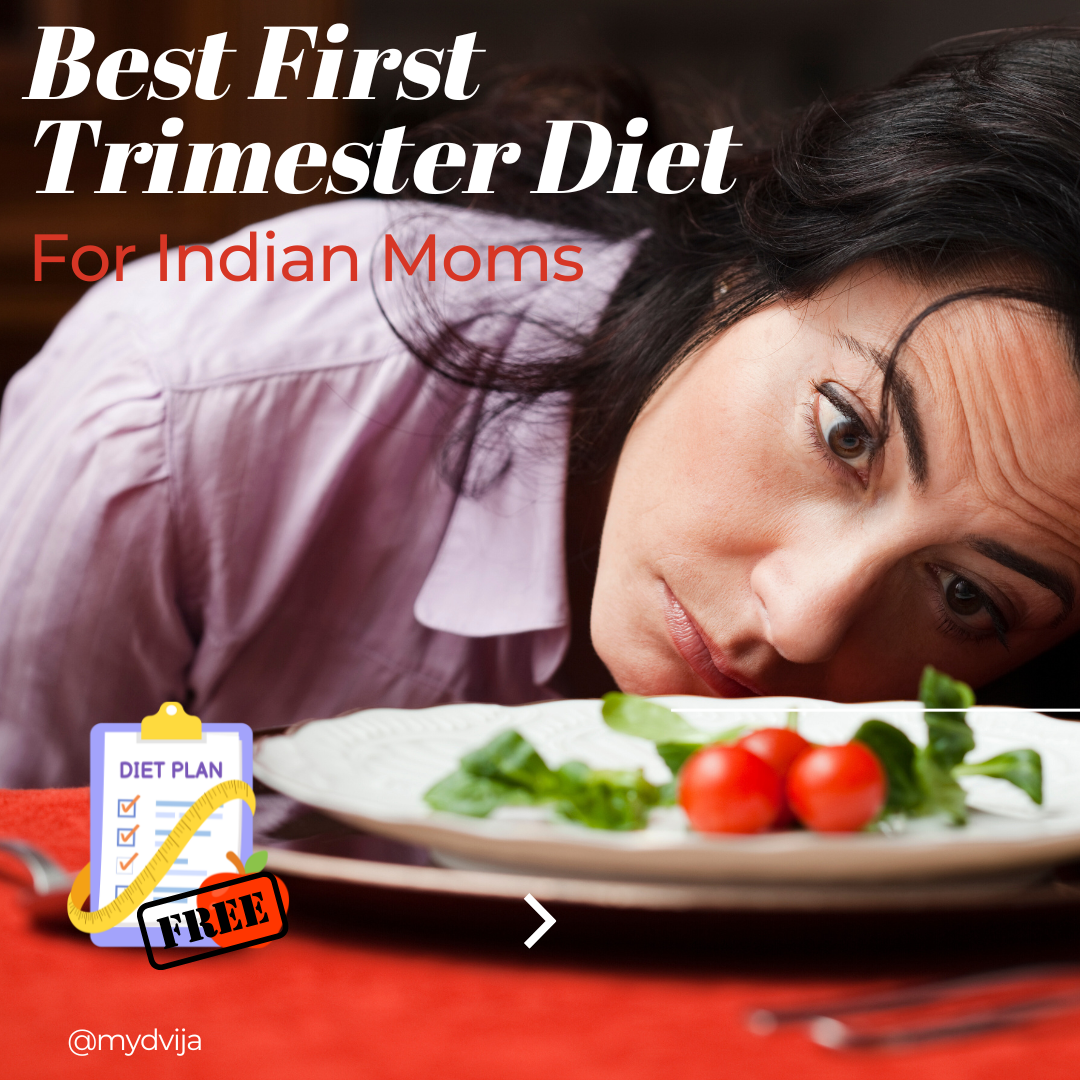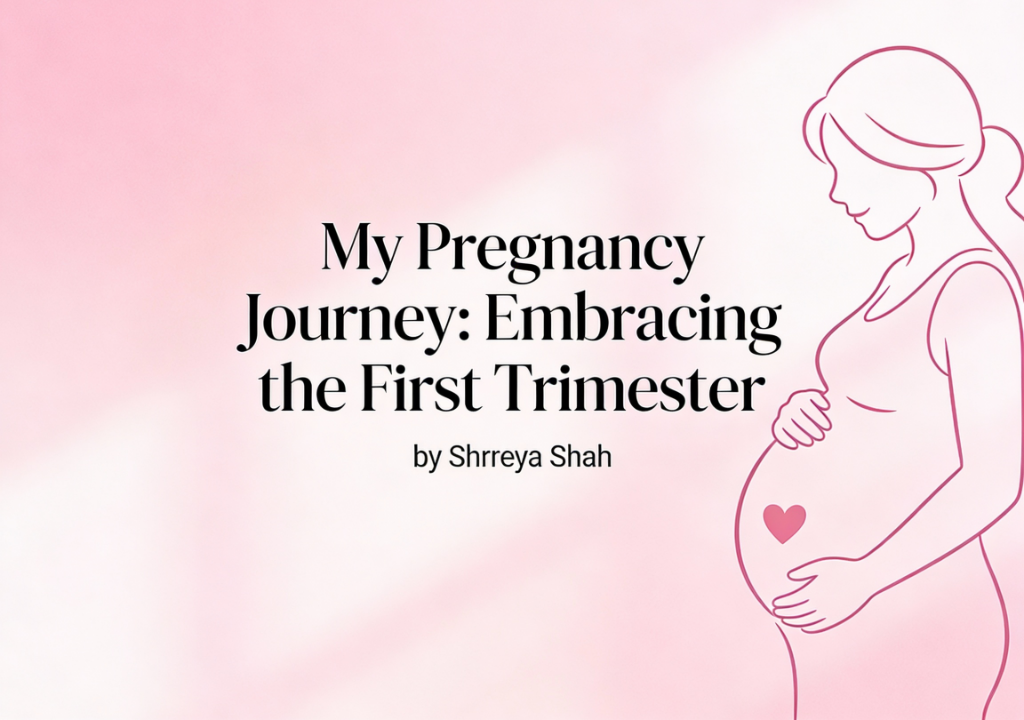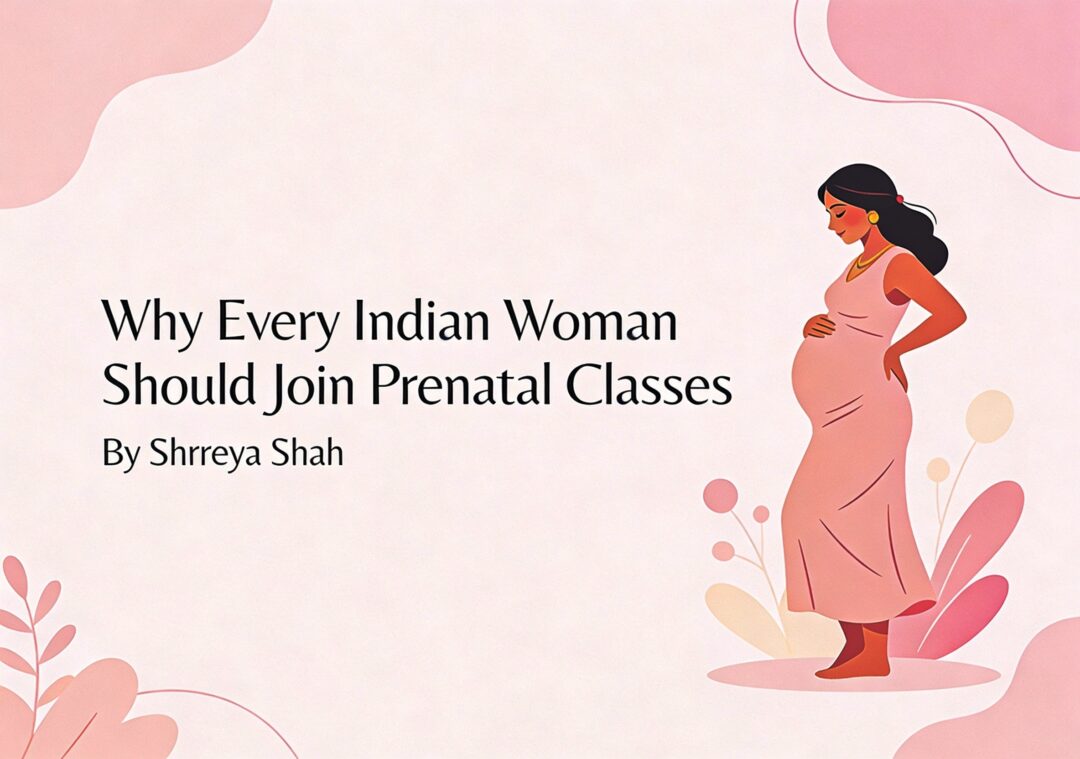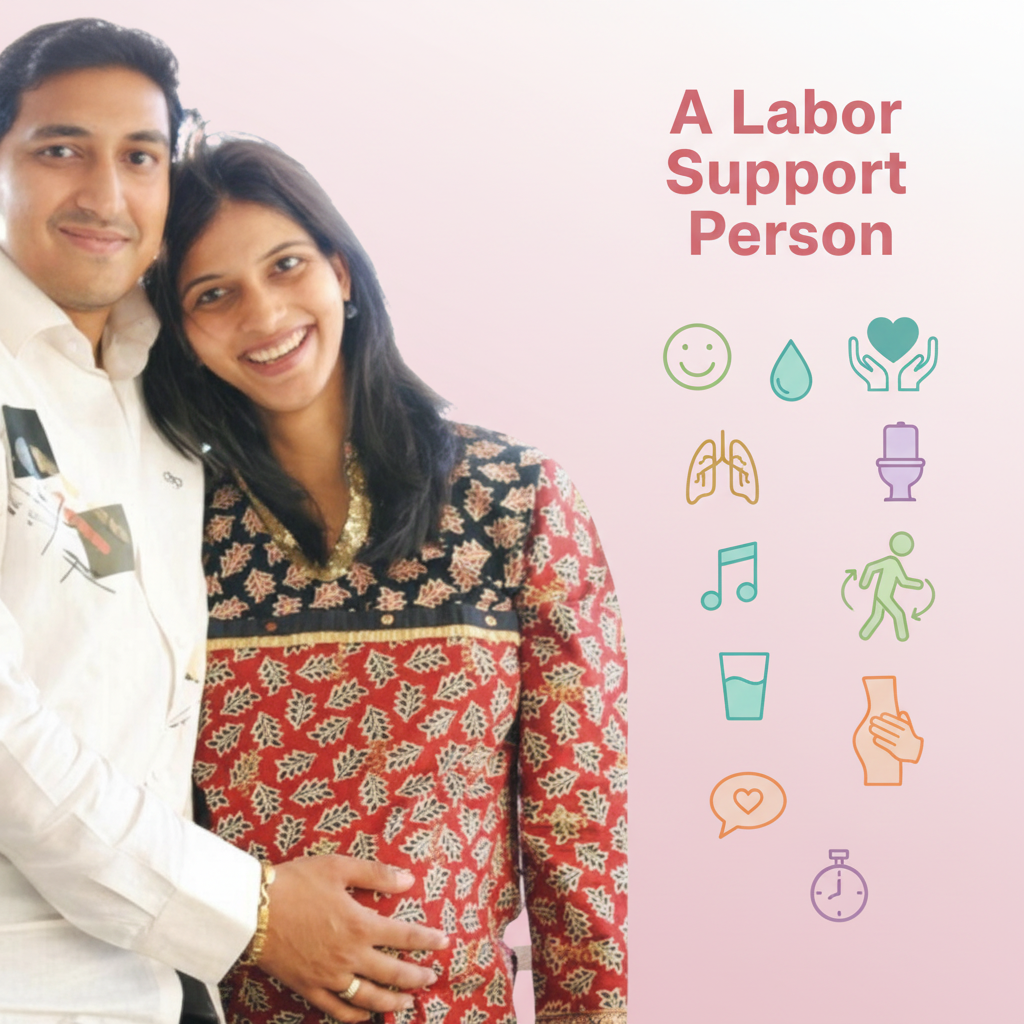
Blog
5 pillars of Garbhsanskar

Introduction
Garbhsanskar refers to teaching or guiding the fetus while it is in the womb. Pregnancy brings about significant physiological and pathological changes in a woman’s body, prompting every organ to operate at an enhanced level. The healthy development of a child relies on these adaptations. Therefore, a pregnant woman has a unique capacity to absorb and cultivate desirable traits during this period.
More on Garbhsanskar in our blog https://mydvija.com/what-is-garbhasanskar/ . Garbsanskar serves as a holistic approach to maternal care from conception to the birth of a healthy baby. It involves the education of the fetus within the womb and is built upon five essential pillars.
1.Aahar (diet)
2.Vihar (lifestyle)
3.Vichar (thoughts)
4.Vyayaam (exercise)
5.Mediation and Sadhana
1.Aahar (diet)
Aahar is the most important aspect of Garbhsanskar. Diet (aahar) plays a vital role in Garbhsanskar. Proper dietary management during pregnancy, as the growth of the fetus is closely linked to the mother’s health and nutrition. A well-planned diet (aahar) is important for baby development. Baby development depends on the mother’s nutrition. According to Ayurveda, aahar-rasa refers to the food or energy derived from the mother’s diet, which supports the baby’s health, and growth, and prepares mother’s body for breast milk production. A balanced diet rich in vitamins and minerals such as calcium, folic acid, and iron is important for a pregnant woman to prevent any pregnancy-related issues.
Aahar includes sattvik foods, which are freshly prepared, nutrient-rich dishes that include all five tastes: sweet, salty, pungent, bitter, and sour, along with cooling properties (sheeta guna), as well as nourishing elements like milk, cow ghee, rice, and other wholesome items. It should feature green vegetables, fruits (excluding papaya), cereals, and pulses.
Pregnant women are encouraged to consume a sweet, liquid, and nutritious diet that includes milk, freshly cooked rice, meat or meat soup, buttermilk, and milk combined with sweet herbs, along with other suitable foods. The baby receives its nutrition from the mother; whatever she consumes is divided into three parts: nourishment for herself, for the fetus, and for the development of breast tissue or milk production. The nutritional needs of the mother change according to the fetus’s development and vary from month to month.
2.Vihar/ Achaar
Vihar in Garbhsanskar is an important part of prenatal care. It focuses on creating a nurturing and supportive environment for pregnant women. The term “vihar” refers to a lifestyle that both physical and emotional health during pregnancy. This approach underscores the significance of mental and emotional well-being and encourages practices such as gentle yoga, meditation, and deep breathing to help in reduce stress and anxiety. Techniques like positive visualization and affirmations can enhance the mother’s mood, joy, and excitement for the upcoming baby.
The physical surroundings also play a vital role. Pregnant women are encouraged to immerse themselves in positive influences, such as soothing music, nature, and supportive relationships. Overall, vihar in Garbhsanskar creates a holistic experience that nurtures the mother and strengthens her connection with her unborn child, thereby supporting the child’s emotional and cognitive development for a healthy future. Pregnant women should always be calm, stay close to nature, and maintain a positive mindset while avoiding stress and overthinking.
3.Vichar (thoughts)
The concept of vichar plays a vital role in Garbhsanskar. Pregnancy can make women moody and irritable. Garbhsanskar provides tools to help manage these emotions, benefiting both the mother and the baby. It encourages mothers to read books and learn new activities during pregnancy. Engaging in games can also support the baby’s brain development, as it is known that 80% of neurons develop during this time. Therefore, mothers should effectively utilize this phase to have an intelligent baby.
In Garbhsanskar, the pregnant women’s family creating a positive environment and peaceful atmosphere helps in positive energy. Garbhsanskar focus on positive affirmation can help positive thought. This impacts on baby’s emotions and intellectual properties.
In Ayurveda, the concept of garbhsamvad is introduced, which means communicating with the child in the womb. This includes reading, singing, and playing musical instruments, all of which foster a deeper understanding between mother and child. This ancient practice involves mothers placing their hands on their stomach and talking to their babies, to help them to create a desired child. Garbhsanskar encourages engaging in positive thinking, visualization, and affirmations, believed to create a nurturing mental space for the fetus. It also aims to help avoid negativity and stress, as negative thoughts can adversely affect the child’s emotional well-being.
4.Vyayaam (exercise)
Exercise, or vyayaam, is a crucial component of Garbhsanskar, which focuses on preparing for a healthy pregnancy and nurturing the unborn child. Engaging in regular physical activity helps maintain a healthy weight, enhances circulation, and strengthens muscles, all of which prepare the body for childbirth. Additionally, exercise releases endorphins that can reduce stress and anxiety, benefiting both the mother and the developing baby.
Practices like pranayama and yoga help foster a connection between the mother and her unborn child while creating a peaceful atmosphere. Exercises designed for pregnant women can improve flexibility and strength, making labor and delivery more manageable. Experts advise that pregnant women should continue to lead an active lifestyle throughout their pregnancy. The advantages of such physical activity include alleviating back pain, reducing constipation and bloating, decreasing swelling, boosting energy levels, enhancing mood and posture, promoting muscle tone, and improving endurance, which can also lead to better sleep.
Recommended yoga poses for pregnant women include Sukhasana, Marjaryasana, Vajrasana with Vjjayi breathing, Tadasana, Trikonasana, Veerbhadrasana, Baddhakonasana, Viparita Karani, and Shavasana.
Incorporating pranayama during pregnancy teaches effective breathing techniques, encouraging deep breaths that optimize oxygen intake and aid in expelling carbon dioxide. This practice not only energizes the mind and body but also promotes detoxification. Nadi Shodhana, Brahmari, and Sitali Pranayama are particularly beneficial during this time.
5.Meditation and Sandhana
Meditation is an important part of Garbhsanskar and it’s beneficial for the baby as well as destresses of mother’s mind. It involves reaching a “zero state of mind,” which can help to enhance concentration. Visualizing positive aspects of the baby during meditation is an excellent way to foster a bond and promote positive thinking, benefiting both the mother and the baby. Practicing meditation and mindfulness techniques allows expectant mothers to relax, reduce stress, and cultivate a positive mindset, creating a calm and nurturing environment for the unborn child.
Sandhana, or prayer, is another essential aspect of Garbhsanskar, believed to support the spiritual development of the baby. Ancient scriptures contain mantras and shlokas that are thought to be beneficial for the unborn child. The prayers recited are meant to bless the baby with good health and moral values, forming an integral part of spiritual beliefs.
Vedic mantras provide nourishment for the body, mind, and soul. The spiritual vibrations generated by these mantras have a refreshing and rejuvenating effect on our physical and mental well-being and enhance spiritual growth. The recitation of mantras is believed to positively influence the mental and spiritual development of the baby. Commonly recited mantras during Garbhsanskar include the Gayatri mantra and the Mahamrityunjaya mantra. Chanting suriyagayatri mantra can enhance a child’s sensory stimulation and boost their cognitive abilities.
Embracing the five pillars of Garbhsanskar—Physical Development, Intelligence Quotient, Spiritual Quotient, Emotional Quotient, and the nurturing environment—can profoundly influence the well-being of both mother and child. By fostering a positive atmosphere filled with love, mindfulness, and healthy practices, expectant parents can significantly enhance their child’s development even before birth.
To deepen your understanding and practice of Garbhsanskar, consider enrolling in our Mydvija course, specifically designed for pregnant couples. This comprehensive program offers expert guidance on how to effectively implement these principles into your daily routine, ensuring a harmonious and enriching experience for both you and your unborn child. Join us in this transformative journey to nurture a happy and healthy future for your family.https://mydvija.com/product/garbhasanskar-with-shrreya-shah-team/









